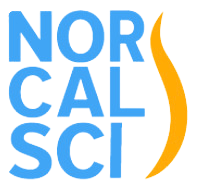Electrical Spinal Cord Stimulation study to improve hand and arm function seeking candidates
For some time now, researchers at the University of Washington have been working to improve hand and arm functions in individuals with a cervical spinal cord injury by using transcutaneous cervical electrical stimulation which they hypothesize can enhance conscious motor control and functions of hand and arm via neuromodulation of the spinal network. You can view a 40-second demonstration of this work HERE. They are now seeking to enroll a minimum of 10 individuals with cervical injuries for their clinical trials being conducted in Washington.
This study is a prospective efficacy trial of transcutaneous cervical electrical stimulation for improving upper limb function in patients with traumatic or degenerative cervical spinal cord injury. The interventions include either transcutaneous cervical spinal electrical stimulation combined with physical therapy or physical therapy only. The order of the interventions will be randomized for each subject in a delayed cross-over design. The total duration of the study is 6 months, including 4 weeks baseline measurements, 8 weeks intervention and 12 weeks follow-up. Both immediate and lasting improvements in hand motor and sensory function via transcutaneous cervical spinal stimulation will be evaluated.
To be eligible for this study, you’d need to be 21 to 75 years of age, have a C7 or higher spinal cord injury of one year or longer along with a few other requirements which you can read about HERE.
Keep in mind that you would need to figure out AND pay for your expenses to stay near the Restorative Technologies Laboratory at the University of Washington in Seattle for the duration of the study which can be up to three months. If you are interested, please contact Dr. Fatima Inanici at finanici@uw.edu

